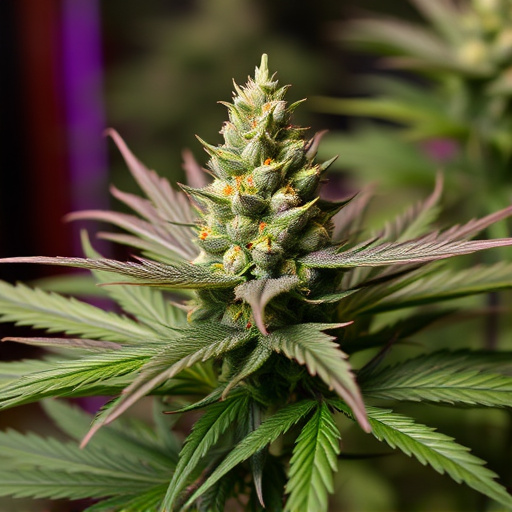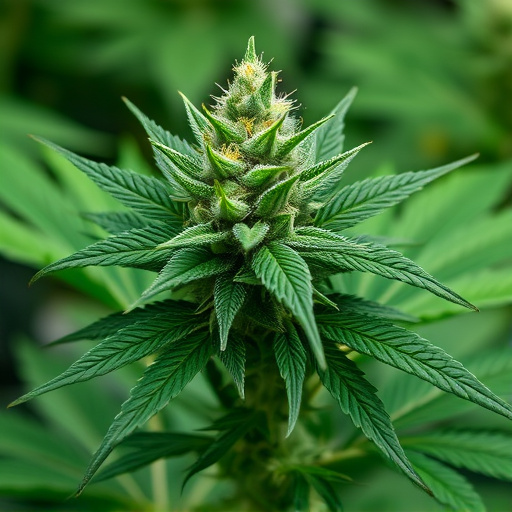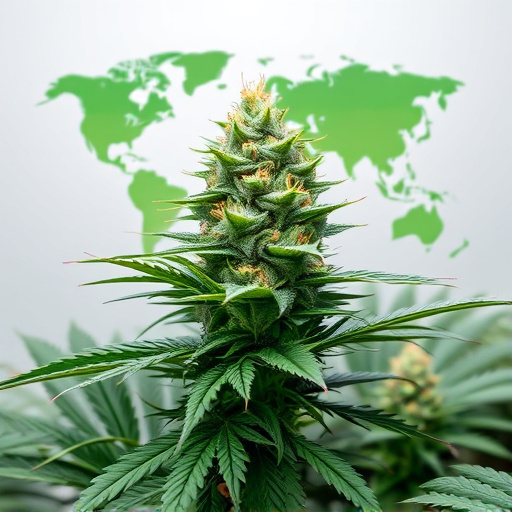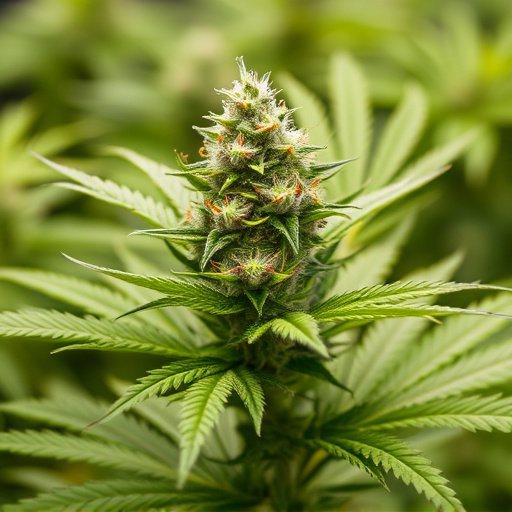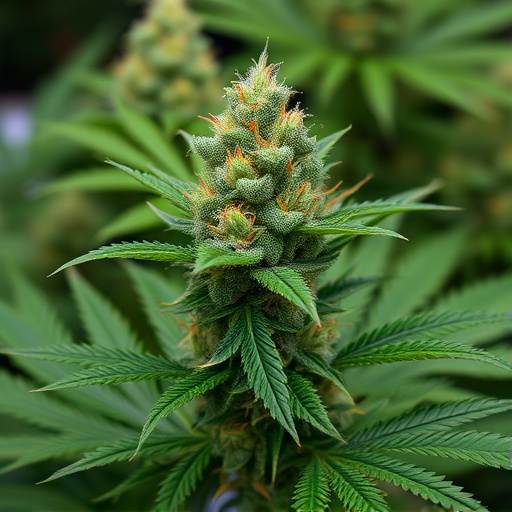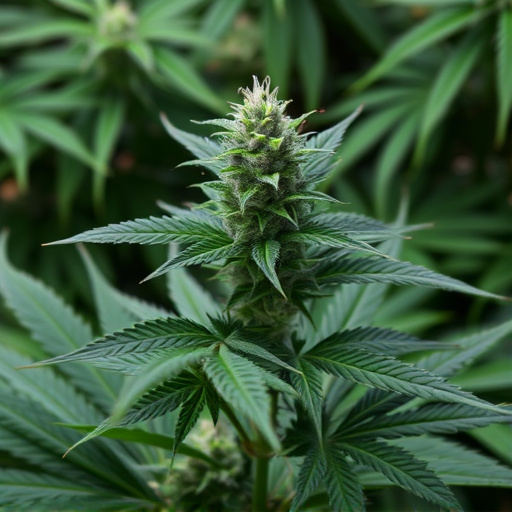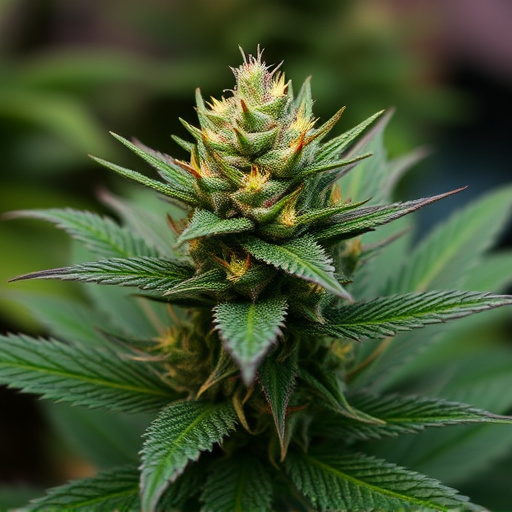Cannabis shows promise in treating PTSD, with specific CBD-rich strains mitigating symptoms and Indica variants reducing flashbacks. However, due to individual variations and complex trauma interactions, personalized treatment plans are essential. Consulting healthcare professionals and cannabis experts is vital to guide individuals with PTSD toward suitable strains tailored to their unique needs, ensuring safe and effective symptom management alongside traditional therapies.
Cannabis has gained attention for its potential therapeutic effects, especially in managing Post-Traumatic Stress Disorder (PTSD). However, it’s crucial to understand that cannabis also carries negative consequences. This article explores strategies to mitigate these effects and enhance safety when using cannabis for PTSD. We delve into the impact of cannabis on PTSD, discuss specific therapeutic strains, and provide practical tips to minimize adverse reactions, ensuring a more beneficial experience.
- Understanding the Impact of Cannabis on PTSD
- Exploring Therapeutic Cannabis Strains for PTSD Relief
- Strategies to Minimize Negative Effects and Enhance Safety
Understanding the Impact of Cannabis on PTSD
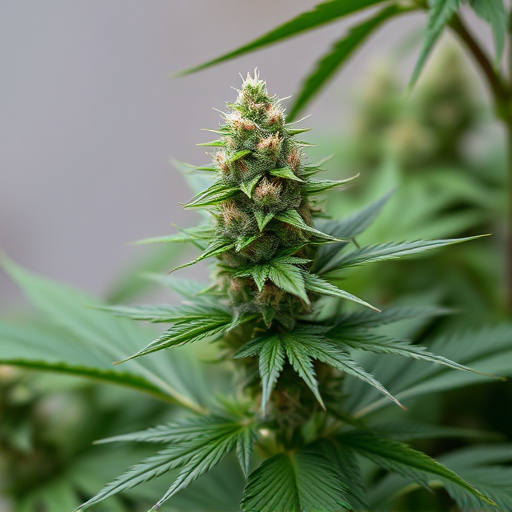
Cannabis has been used as a form of treatment for various conditions, but its impact on Post-Traumatic Stress Disorder (PTSD) is particularly noteworthy. Studies have shown that while cannabis can provide temporary relief from symptoms like anxiety and insomnia, it may also exacerbate PTSD symptoms in some individuals. The challenge lies in understanding the complex relationship between cannabis and trauma. Certain cannabis strains with higher levels of CBD (cannabidiol) are believed to be beneficial for managing PTSD due to their potential anti-anxiety and neuroprotective properties.
Choosing the right cannabis strain can make a significant difference in how an individual with PTSD responds to treatment. Some strains known for their calming effects, such as Indica variants, may help reduce flashbacks and nightmares. However, it’s crucial to consider that everyone is unique, and what works for one person might not work for another. Consulting with healthcare professionals and cannabis experts can ensure that individuals with PTSD receive guidance tailored to their specific needs when exploring cannabis as a potential treatment option.
Exploring Therapeutic Cannabis Strains for PTSD Relief
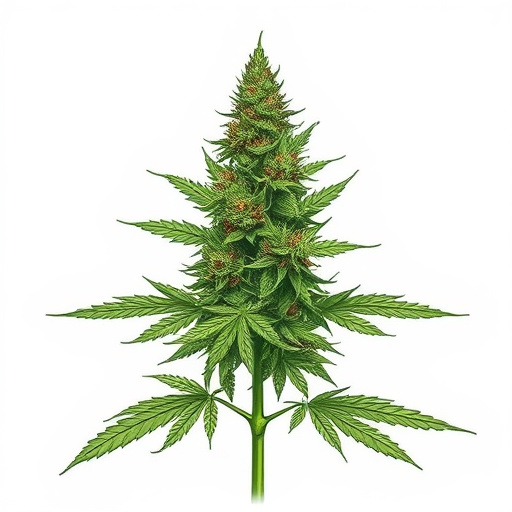
Cannabis has emerged as a potential therapeutic option for Post-Traumatic Stress Disorder (PTSD) due to its unique chemical composition and interaction with the body’s endocannabinoid system. Exploring specific cannabis strains designed for PTSD relief is an important step in managing symptoms associated with this condition. Different strains offer varying levels of cannabinoids like THC and CBD, which can influence mood, anxiety, and memory—key factors in PTSD treatment.
Certain cannabis strains known for their calming and anxiolytic properties are particularly beneficial for PTSD patients. High CBD strains, for instance, have been shown to reduce the intensity of flashbacks and nightmares while promoting relaxation without causing intense euphoria or paranoia that can be triggered by high THC levels. By selecting strains with specific cannabinoid profiles tailored to individual needs, individuals dealing with PTSD can explore a natural approach to symptom management in conjunction with traditional therapies.
Strategies to Minimize Negative Effects and Enhance Safety
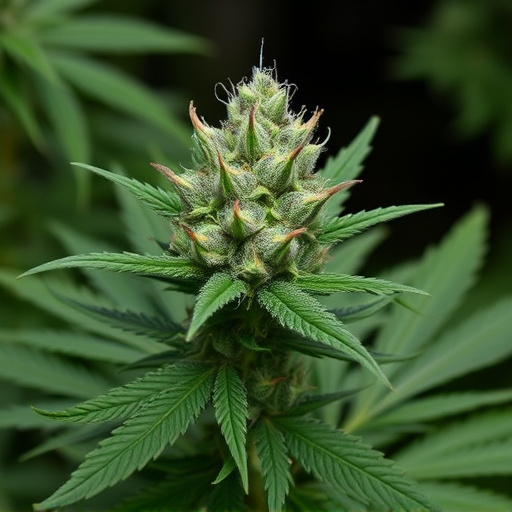
To minimize negative effects and enhance safety, especially for users looking into cannabis strains for PTSD, it’s crucial to adopt strategic practices. One key approach is to start with lower THC levels and higher CBD content in cannabis products. Tetrahydrocannabinol (THC) is responsible for most of cannabis’ psychoactive effects, while Cannabidiol (CBD) has been shown to reduce anxiety and promote relaxation without inducing the same level of intoxication. This balance can help prevent overwhelming reactions, especially for individuals dealing with trauma-related stress.
Another effective strategy involves setting a routine and sticking to it. Consistency in usage, timing, and environment can mitigate potential adverse effects. Using cannabis at specific times of day, in familiar settings, and following established routines can make the experience more predictable and controlled. Additionally, consulting with a healthcare professional or cannabis clinician can provide tailored guidance, ensuring safe and effective use, particularly when exploring cannabis strains for PTSD.
While cannabis has shown promise in managing PTSD symptoms, it’s crucial to be aware of potential negative effects. By understanding how cannabis interacts with the body and exploring specific therapeutic strains, individuals can make informed decisions. Additionally, implementing strategies to minimize adverse reactions ensures safety and enhances overall well-being. Remember, when used responsibly, certain cannabis strains for PTSD can offer valuable relief while navigating this challenging condition.

